Decorating & Design
April 27, 2017
Expert Advice: 8 Pretty Flowers That Are A Snap To Grow
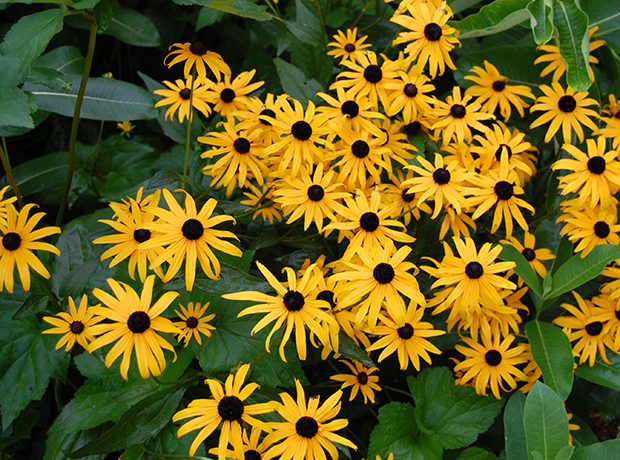
You’re at the garden center, and you’re…. confused. It will all be OK — Home Hardware gardening expert Mark Cullen has advice for newbies who can’t tell a Shasta daisy from a Staghorn palm. In our May 2017 issue, Mark listed his picks for favorite climbing vines, but we didn’t want to stop there. Click through to discover which other plants get a (green) thumbs up from the gardening guru.
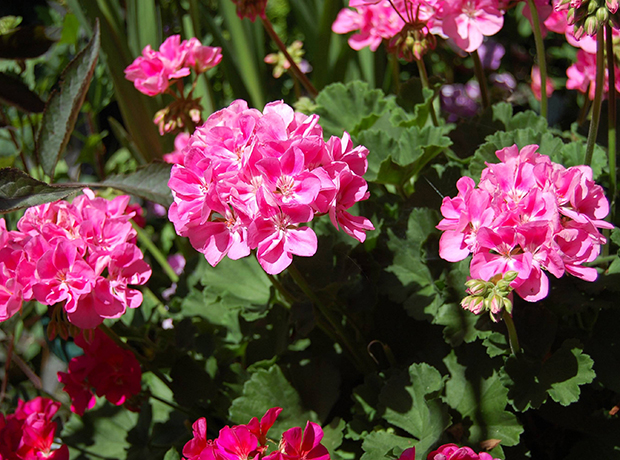
You want: A reliable annual
How to get it: Geranium, hands down. “It’s versatile, blooms all summer and fall, takes a little frost, and likes sun and part sun (particularly from the east). Geraniums also enjoy being a bit dry between watering, which makes them very forgiving,” says Mark.
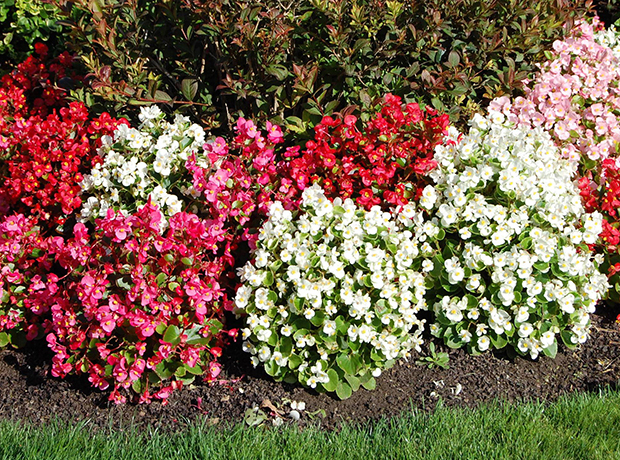
You want: Dependable color
How to get it: Fibrous begonias put on a great show of color, from the beginning to the end of season.

You want: Easy care
How to get it: Rudbeckia, also known as Black-Eyed Susan, blooms for up to 10 weeks and adds a rich golden color, punctuated by a dark purple-brown heart, to flower beds.
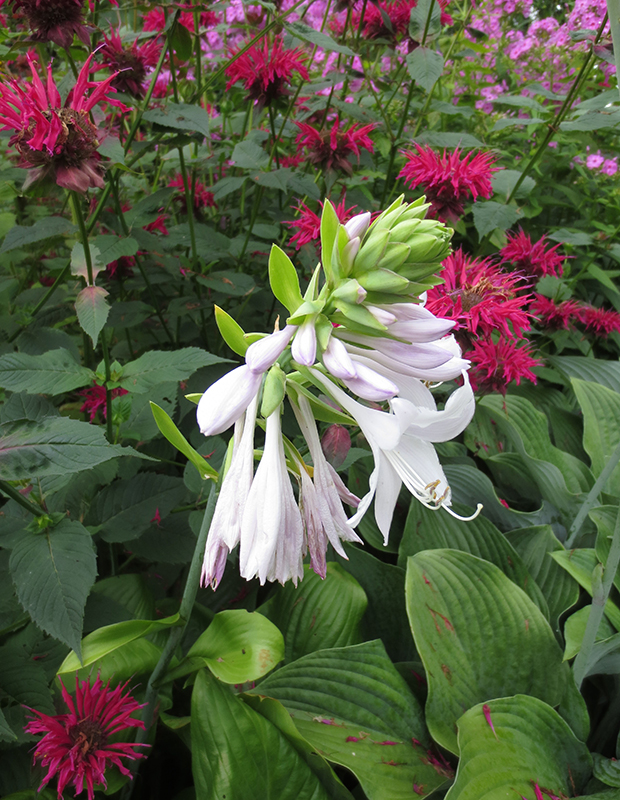
You want: Low maintenance
How to get it: Cottage owners take comfort in hostas, which not only can be ignored in the city, but can fare well at vacation homes since they don’t need constant tending, such as watering and pruning. Hostas come in an array of greens, from zesty chartreuse yellows to blue-ish emerald and sprout pretty white or pale lavender flowers on spikes. “There are over 7,000 varieties to choose from. They flower, attract hummingbirds, add texture, tolerate part shade and are forgiving when not watered.”

You want: A wildflower look
How to get it: Fresh looking white Shasta daisies bloom for up to six weeks. They are a natural choice for breezy cottage and country gardens and spread through self-seeding. To encourage more flowers, “deadhead” daisies by cutting the stems with pruning shears just above a newly forming leaf or flower bud.

You want: Tree with less leaf fall
How to get it: Maples are mighty Canadian, but those iconic leaves can mean a bagfuls of work in the fall. Mark suggests Honey locust instead, a medium-sized shade tree with fine, compound leaves.
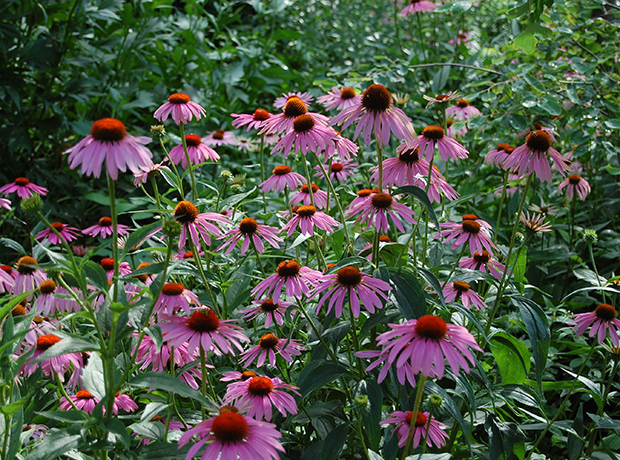
You want: Cheap & cheerful
How to get it: Native plants don’t get the love they deserve, according to Mark. When you plant flowers and plants that grow naturally in your region, they’ll need much less upkeep. “They enjoy being ignored once established. They survived without us before the Europeans arrived 500 years ago,” says Mark. Echinacea (shown), also known as purple coneflowers, are a lovely choice for eastern and central North America on prairies and open wooded areas and prefer dry conditions and sandy, well-drained soil.
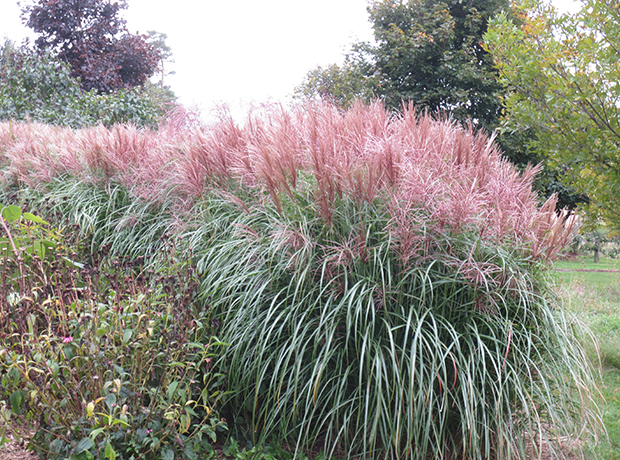
You want: Grasses that don’t take over the yard
How to get it: Look for clumping grasses and avoid anything that is related to bamboo or ‘ribbon grass’ because it’s very invasive. “I have 75 Miscanthus chinensis and they behave very well and don’t ‘travel’.”
Get more spring and summer indoor and outdoor decorating ideas here.
Courtesy of Mark Cullen

